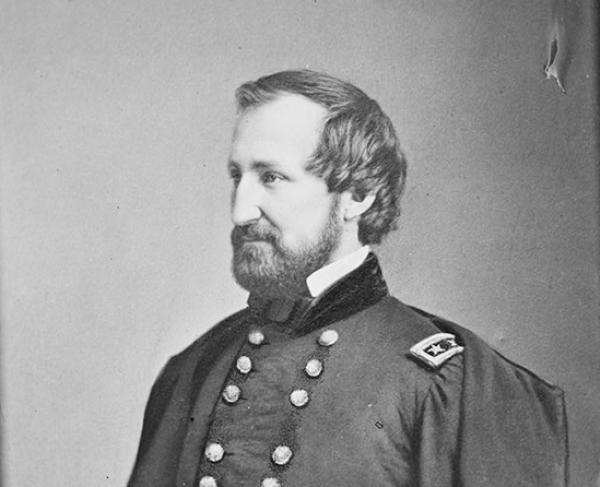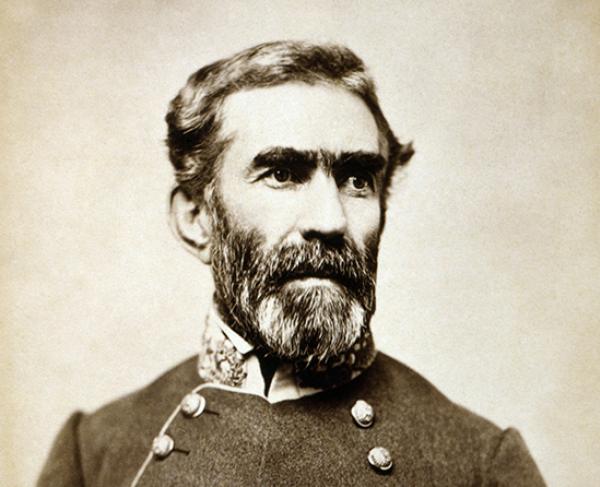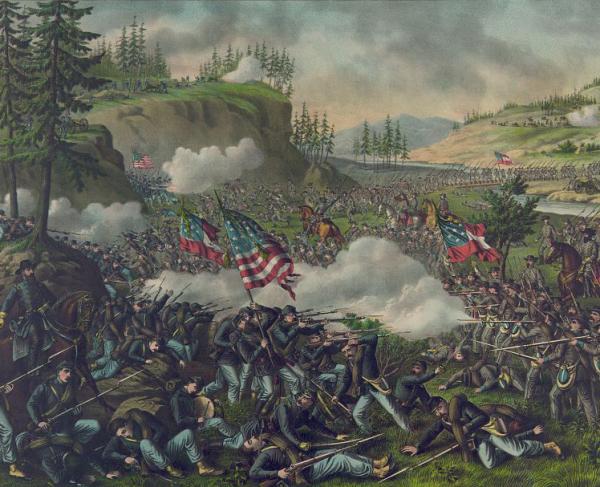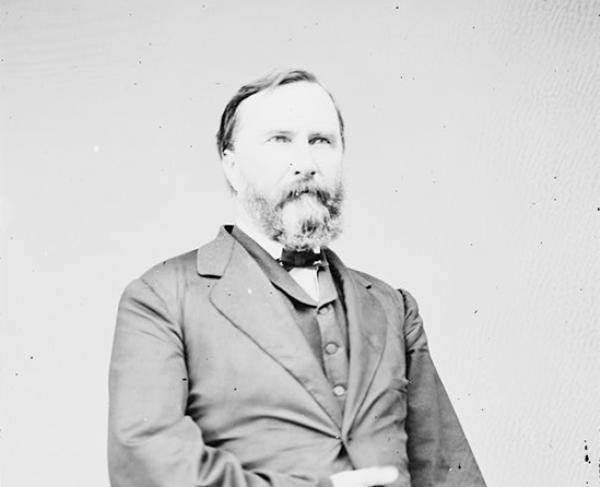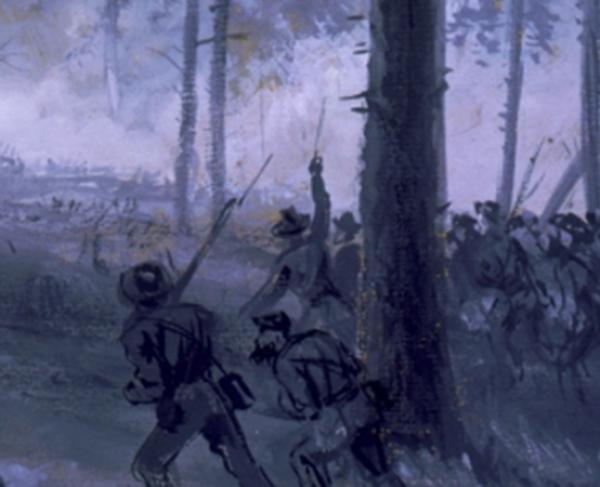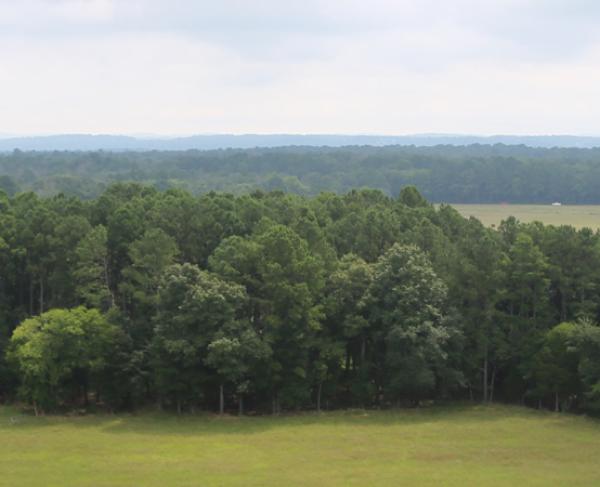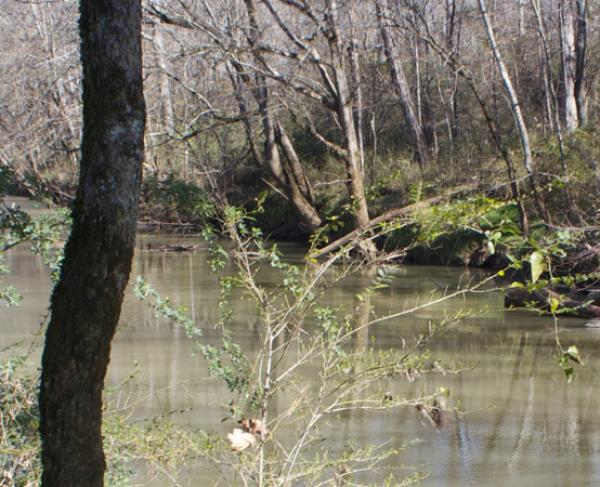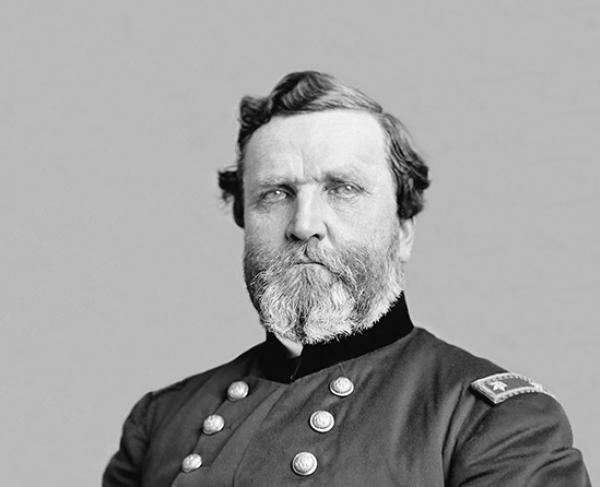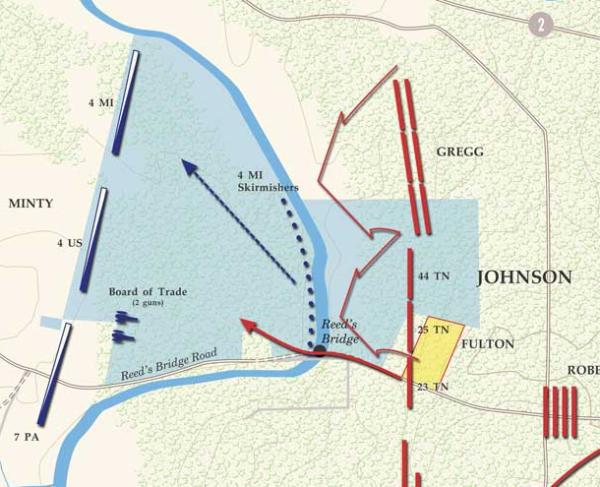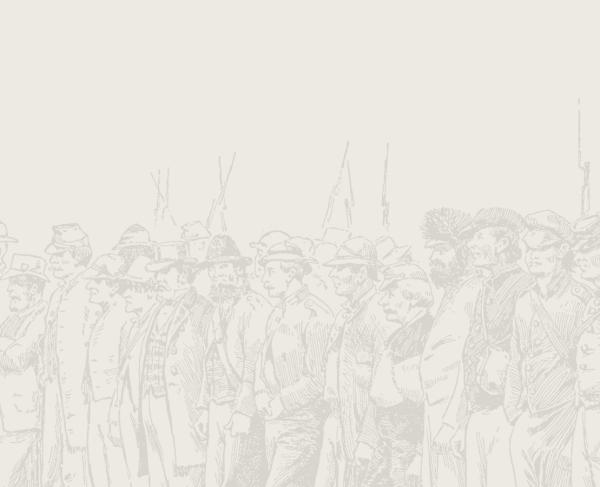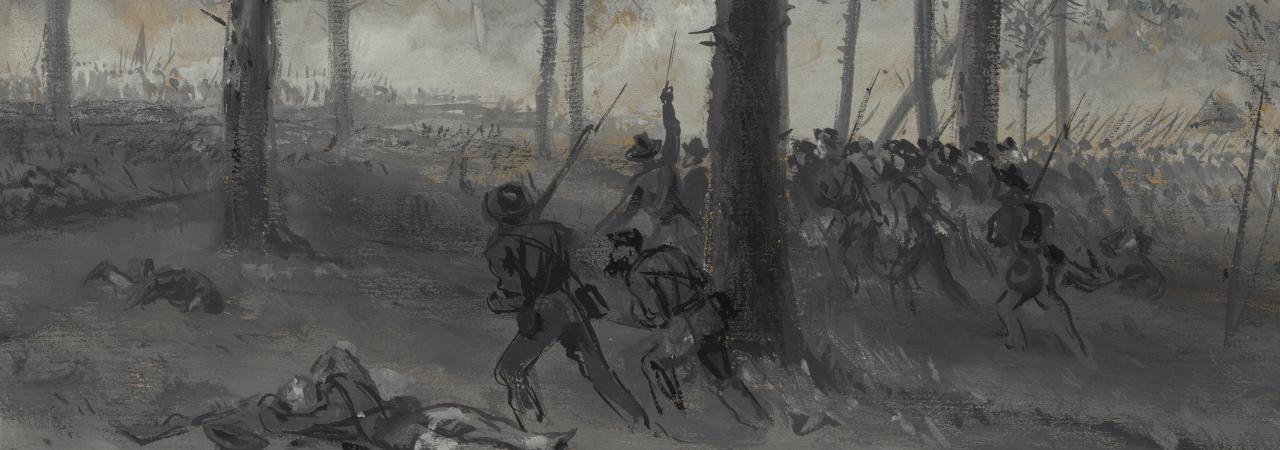
Chickamauga
Catoosa County and Walker County, GA | Sep 18 - 20, 1863
The Confederate army secured a decisive victory at Chickamauga but lost 20 percent of its force in battle. After two days of fierce fighting, the Rebels broke through Union lines and forced the Federals into a siege at Chattanooga.
How it ended
Confederate victory. At the end of a summer that had seen disastrous Confederate losses at Gettysburg and Vicksburg, the triumph of the Army of Tennessee at Chickamauga was a well-timed turn-around for the Confederates, but it came at a great cost. Chickamauga was the second bloodiest battle of the Civil War, ranking only behind Gettysburg, and was by far the deadliest battle in the Western Theater.
In context
The small city of Chattanooga, with 2,500 inhabitants, lay on the banks of the Tennessee River where it cut through the Appalachian Mountains. It was the crossroads for four major railroads. President Abraham Lincoln knew that if his army could capture Chattanooga, vital Confederate supply lines would be severed, and the war would be closer to an end.
In the summer of 1863, the Confederate army was reeling from a string of losses in the Western Theater, while the success of the Tullahoma Campaign bolstered the confidence of Union Maj. Gen. William Rosecrans. Targeting Chattanooga, Rosecrans outmaneuvered the Rebel army and forced Confederate general Braxton Bragg to relinquish control of the critical transportation hub without a fight.
Rosecrans assumed that Bragg’s demoralized army would retreat further south into Rome, Georgia. He divided his army into three corps and scattered them throughout Tennessee and Georgia. But Rosecrans made a mistake—Bragg had in fact concentrated his men at LaFayette, Georgia, where he was expecting reinforcements and was close to a vulnerable corps of Rosecrans’s army. When Bragg’s troops crossed Chickamauga Creek, the Federals had a fight on their hands.
Although Bragg’s original plan was the destruction of the Army of the Cumberland and the recapture of Chattanooga, the results of two days of bitter fighting at Chickamauga stalled him. He decided to occupy the heights surrounding Chattanooga and lay siege to the city instead. Just two months later, the reinforced Federals drove the Army of Tennessee from their positions around Chattanooga, permanently securing Northern control of the city. With that loss, the Southern victory at Chickamauga was turned into a strategic defeat.
From his position in LaFayette, Georgia, Bragg follows the Union army north, skirmishing with them at Davis’s Cross Roads. By September 17, Bragg’s troops are reinforced with Virginia divisions under Gen. John Bell Hood and a Mississippi division under Brig. Gen. Bushrod Johnson. It is the first transport of Confederate troops from one theater to another to achieve numerical superiority.
On the morning of the September 18, with renewed confidence that Chattanooga could pass once again into Confederate hands, Bragg marches his army to the west bank of Chickamauga Creek, hoping to wedge his troops between Chattanooga and the Federal army.
September 18. Bragg hopes that his advance will be a surprise. Rosecrans, however, observes the Confederates marching in the morning and anticipates Bragg’s plan. By the time Bragg’s army crosses the creek, Union reinforcements are in place. Bragg’s infantry skirmishes with Federal infantry and mounted infantry armed with Spencer repeating rifles.
September 19. The Battle of Chickamauga begins in earnest shortly after dawn. Throughout the day Bragg’s men gain ground but cannot break the extended Union line despite a series of aggressive attacks. Confederate luck changes when, at 11:00 p.m., Gen. James Longstreet’s divisions arrive at Chickamauga. The Confederates now outnumber the Federals. Bragg divides his forces into two wings. Longstreet commands the left; Lt. Gen. Leonidas K. Polk takes charge of Confederate troops on the right.
September 20. The battle resumes at 9:30 a.m., with coordinated Confederate attacks on the Union left flank. About an hour later, Rosecrans, believing a gap exists in his line, orders Brig. Gen. Thomas Wood’s division to fill it. Wood, however, knows that the order is a mistake; no such gap exists in the Federal line, and moving his division would open a large swath in the Union position. However, Wood who already been berated twice in the campaign for not promptly following orders, immediately moves, creating a division-wide hole in the Union line. This is the chance the Confederates need. Longstreet masses a striking force, led by Gen. Hood, of eight brigades divided into three lines. Longstreet’s men hammer through the gap that Wood had created, and Union resistance at the southern end of the battlefield evaporates as Federal troops, including Rosecrans himself, are pushed off the field.
Major General George Thomas, in a move that would earn him the name “The Rock of Chickamauga,” takes command and begins consolidating the scattered Union forces on Horseshoe Ridge and Snodgrass Hill. He and his men form a defensive position, and although Confederates continue to assault and press to within feet of the Union line, the Federals hold firm. Thomas withdraws as darkness falls.
16,170
18,454
Thomas urges Rosecrans to lead the army in an attack the next day, but the general rejects the idea and remains in Chattanooga. Bragg’s victorious army occupies the heights surrounding Chattanooga, blocking Federal supply lines, but does not pursue Rosecrans.
Ten Confederate generals are killed or wounded in the battle, and the fatalities among Bragg’s junior officers are great. With more than 16,000 Union and 18,000 Confederate casualties, Chickamauga reaches the highest losses of any battle in the Western Theater. While the Confederates drive Rosecrans from the field, they do not succeed in executing Bragg’s goals of destroying Rosecrans’s army or reoccupying Chattanooga.
The cutting-edge weapon that wreaked havoc at Chickamauga was the Spencer repeating rifle, which allowed a soldier to fire an average of 14 to 20 rounds per minute. It was a 47 1/8-inch-long weapon that fired .52 caliber metallic rim-fire cartridges from a seven-shot tubular magazine located in the buttstock. The action relied on the manual down and back movement of a trigger guard or lever which brought a fresh cartridge into the chamber and cleared any spent shell casings. A hammer was then manually locked into place bringing the weapon into firing condition.
The weapon was used by Union colonel John Wilder's famous Lightning Brigade. Wilder was frustrated by trying to fight the Confederate cavalry with infantry troops. He received permission to mount his infantrymen on horseback, which enabled them to move quickly. Unlike cavalrymen, who normally stayed mounted, the Lightning Brigade dismounted once they engaged the enemy and fought on foot.
Wilder’s troops first used the Spencer rifle at the battle of Hoover’s Gap, Tennessee, on June 24, 1863. Colonel James Connolly of the 123rd Illinois later chronicled the experience:
On September 18, 1863, the Lightning Brigade defended a key crossing over Chickamauga Creek and prevented the advancing Confederates from flanking the rest of the Union line. Two days later, the Brigade attacked and stalled a rebel breakthrough on the Union right flank long enough for Maj. Gen. George Thomas to set up a defense that ultimately saved the Army of the Cumberland from destruction. Author Peter Cozzens states in his book This Terrible Sound that the fire from Wilder’s Spencers was so heavy it fooled Gen. James Longstreet into believing “that a fresh Federal corps had come crashing down on his left.” As a result of the Lightning Brigade’s actions at Chickamauga, corps commander Maj. Gen. George Thomas recommended that Wilder be promoted to brigadier general.
James Garfield, the future 20th president of the United States, joined the Union Army in 1861 and served with distinction at the battles of Shiloh and Corinth. By September 1862, he carried the rank of brigadier general and was named chief-of-staff to Gen. William Rosecrans. While Maj. Gen. Thomas was trying to rally his broken units after an exhausting fight at Chickamauga on September 20, 1863, Rosecrans thought all was lost and fell back to Chattanooga. Garfield, however, believed otherwise and, with Rosecrans's approval, rode out to assess the situation. Garfield's intuition proved to be correct. He wired Rosecrans from the field to report that Thomas was "standing like a rock." But Rosecrans had already retreated—mentally and physically—and remained in Chattanooga, exhausted and defeated. Later, Garfield’s actions were glorified, while Rosecrans's were seen as a failure of leadership.
A few months after the battle, Garfield resigned his army commission to enter the United States Congress. He was often faulted for exploiting his role at Chickamauga for political purposes, playing up his importance at the expense of Rosecrans, his former commander. Garfield was elected president in 1880. Four months after his inauguration, he was shot by a mentally unstable man who approached him in a Washington, D.C. train station. Doctors tried to extract the bullet but actually did more harm than good. The president lingered on for almost three months, but the wound became infected and he died on September 19, 1881—the 18th anniversary of the Battle of Chickamauga.
Chickamauga: Featured Resources
All battles of the Chickamauga Campaign
Related Battles
60,000
65,000
16,170
18,454
